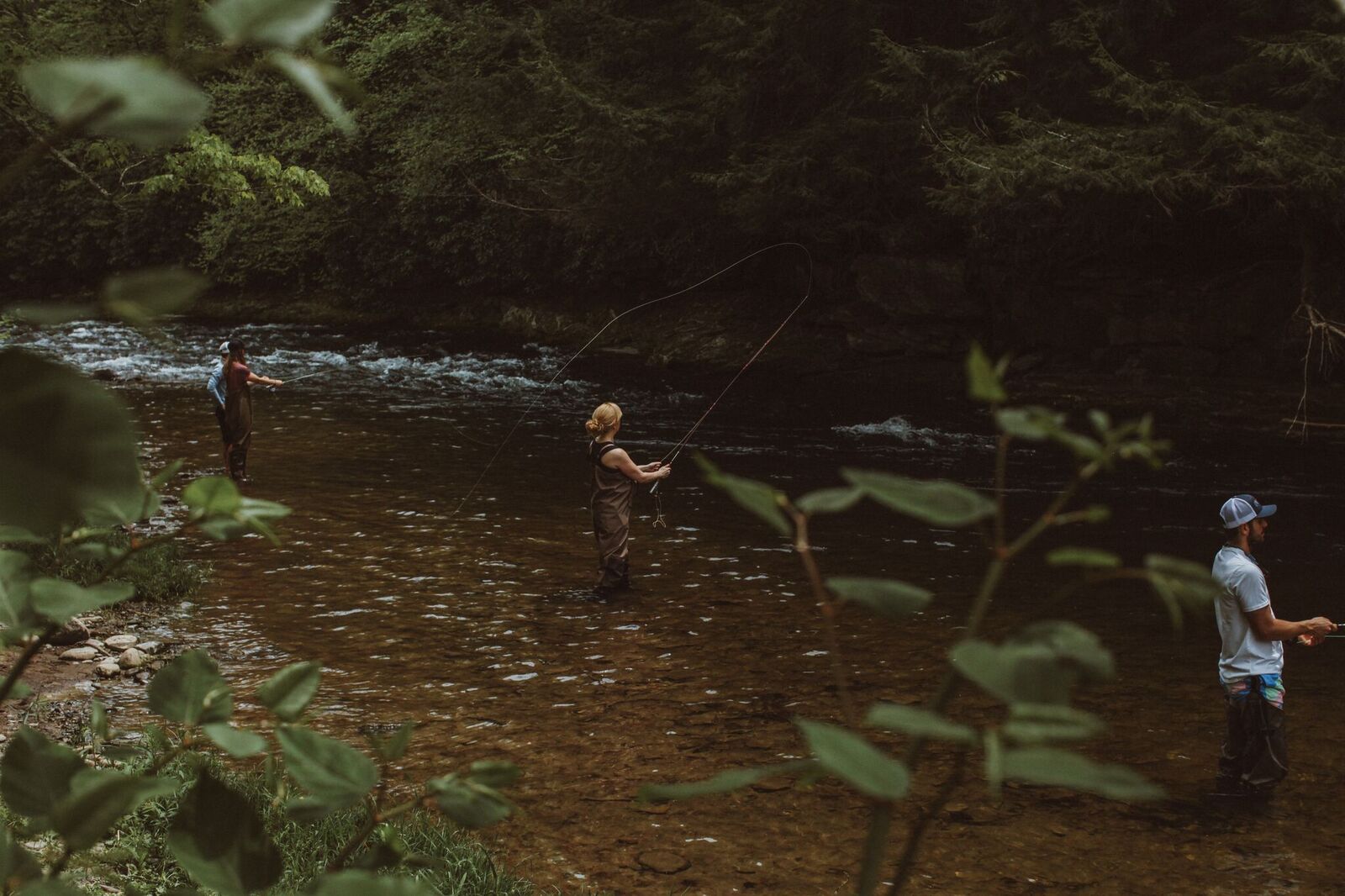The Way of Shibui
Stay Wild
Inspired by Snow Peak Way
Story & photos by Brooke Jackson
Cuisine is so ingrained in the culture of adventure that tastes and smells elicit emotions from journeys passed. Take, for example, the s’more. A simple combination of three delicious ingredients that when combined together immediately recalls memories of late night campfires, smoky smelling garments, and sticky fingers from happy, messy faces. With the increased interest in recents years of ultralight camping, food is not untouched from the pound shedding trend. Majority of backpackers and diehard overnight campers aim for dehydrated meals and protein bars, leaving an animalistic craving for “real food” by the end of most adventures. Seeing some easy solutions to this lacking nutritious trend, the authors of Dirty Gourmet: Food for Outdoor Adventures aim to change the way we eat when outside.
While attending the Snow Peak Way in Portland, OR, which is a special weekend camp out tradition brought over from the companies Japanese roots, author Emily Nielson demonstrated a few of her favorite recipes from the book. Organized into several categories, the cookbook covers options for everything from day hiking to car camping and even ultralight backpacking. During the Snow Peak Way workshop, Emily prepared a vegetarian rice dish consisting of red bell pepper, avocado, lemon and pumpkin seed, all topped with a fresh dressing made from scratch. Her meal was paired with a desert that was as easy as melting chocolate with jam to create a berry fondue and spread on the ever classic graham cracker.
The workshops at Snow Peak Way not only showcased the possibilities for nutritious meals like those found in the Dirty Gourmet cookbook, but also exhibited the aesthetic flair of Japanese Shibui and how it can be incorporated into the outdoors. Shibui is the Japanese word which refers to a particular simple, subtle and unobtrusive beauty. In many ways, Snow Peak highly values and exhibits Shibu in their production, gear, and company culture. While at Snow Peak Way, the embodiment was evident at first glance when a drink of whiskey was ordered.
Sunotry Whisky was invited to the event and was pouring their liquor served on the rocks all night, yet the beverage would take anywhere from 5-15 minutes before ready. The reason for this was the effort of crafting the ice for which the whisky would be served with. Bartender Johnny would start by taking a massive square chunk of solid ice that had been custom ordered from PDX Ice. With either an impressive knife or a small axe, Johnny would begin shaving the ice and polishing with a rag as he made headway. The end result was spherical perfection. With ice so pure it looked like glass, Johnny would carve a perfect circle which fit just barely within the size of each titanium mug. With a slow pour of cascading whiskey, the sphere altered from clear to hazy and cooled the liquor as it settled. Now why would a bartender go through all this effort for every shot of whisky ordered? His response; “that’s Shibui.”
From cooking to whisky, gear to destination - add a little Shibui to life and enjoy a new palette of adventure.
















